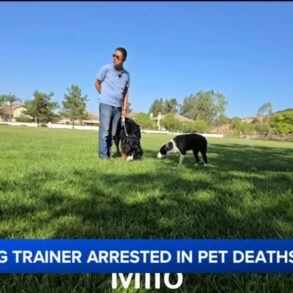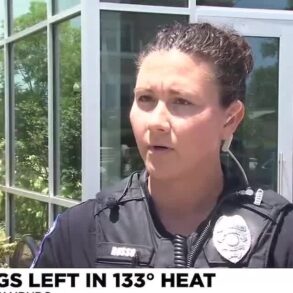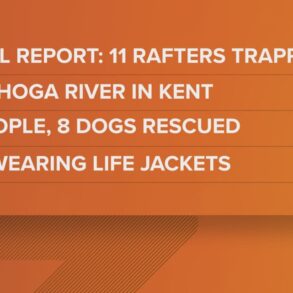Hamilton County dog owners who don’t have a dog license can get one until July 3 without penalty, the auditor’s office announced Monday.
People who failed to renew their dog licenses within the renewal period or recently got a dog are eligible for amnesty.
Why do you need a dog license?
Dog licenses should be renewed annually between Dec. 1 and Jan. 31, according to the Hamilton County Auditor’s website.
Ohio state law requires dogs who are older than three months to be licensed. When someone gets a new dog, they’re supposed to obtain a license within 30 days.
Dog licenses are tags that hang on a dog’s collar. These serve as proof of ownership and can also help with getting lost dogs back to their homes.
Hamilton County has a searchable dog license database so people who find lost dogs can identify the owner. Lost dogs who are unlicensed can be sent to an impound, according to the auditor’s website.
What happens if you don’t have a dog license?
Dog owners have to pay a fine and court fees to redeem a lost dog from the shelter. Court fees can be doubled for redeeming an unlicensed dog, according to the auditor’s website.
The annual dog license fee is $19 if you renew it before the Jan. 31 deadline. If you renew it after that date, an additional $19 fee will be applied, according to the auditor’s office.
Dog owners can also buy a three-year license for $57 within the renewal period. That price jumps to $190 if purchased after the deadline.
Where can I get a dog license?
Dog licenses can be purchased at the Hamilton County Auditor’s office or online.
Hamilton County also partners with neighborhood vendors who can issue dog licenses with an added 75-cent fee. Cincinnati Animal CARE is one of these neighborhood vendors. As part of the pause of late fees, dog owners who purchase their license at Cincinnati Animal CARE can also get their dog microchipped and vaccinated for free.
Why is Hamilton County waiving the penalty?
The amnesty period is set to align with Independence Day’s approach, according to Paula Drake, deputy auditor of operations and public records at the auditor’s office.
With more people spending time outside, people keeping their windows open and sudden loud noises from fireworks spooking animals, the chance of a dog getting loose rises this time of year, she said.
According to Animal CARE Center data, the shelter took in 287 in July of 2023. Their monthly average stray intake in 2023 was 270. In July of 2022, the shelter brought in 288 stray dogs. The monthly average that year was 272.
Encouraging dog owners to license their pets this time of year makes it easier to get lost dogs back home if their is a surge, since they’re already in the county’s system, Drake said.
This post was originally published on this site be sure to check out more of their content.









































